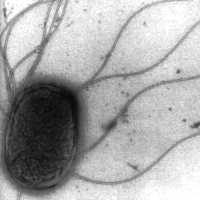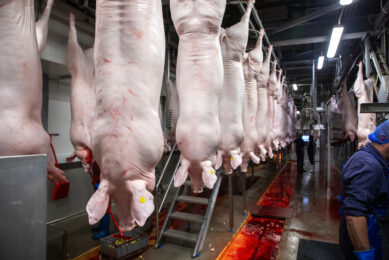Decrease in US Salmonella contamination

Salmonella on US pig farms has been reduced dramatically, owing to research efforts.
Eight years ago, only 65% of pork for processing plants met the USDA’s minimum standards for Salmonella contamination.
Since then, work by a number of USDA agencies has helped to push the pass rate beyond 90% in 2005.
Prevention is key to the stategy, according to the US Department of Agriculture (USDA).
One research encompassed a two-year period, in which samples were taken from 48 farms across five states. Also samples from pork-processing were sent for analysis.
Another study by the National Animal Disease Center (NADC) and Iowa State University found that Salmonella infection in pigs waiting in pre-slaughter holding pens shot up 40% from about 7% after just a few hours.
Another again found that normal, commensal bacteria in the pig intestinal tract are not only reservoirs for microbial resistance, but are also, possibly, places where this resistance evolves.
The researcher team hopes to be able to evaluate management strategies using these results as a barometer.
“Ultimately, we want to produce a genetic profile of the Salmonella-carrier pig,” one of the researchers stated. This could lead to diagnostic tests for resistance, thus possibly helping control reemergence of Salmonella.
Pathogens such as Salmonella can can spark off an expensive recall for a food company, which would also have to deal with damage to its brand and the subsequent loss of sales.
Related websites:











